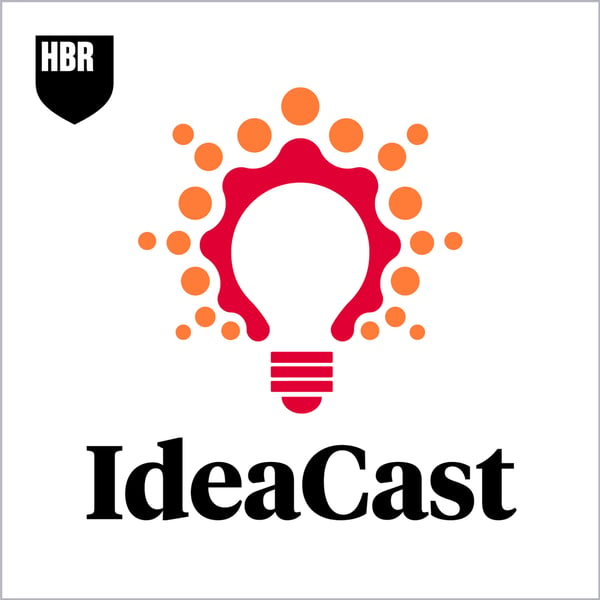The “Jobs to be Done” Theory of Innovation
HBR IdeaCast
Harvard Business Review
4.4 • 1.9K Ratings
🗓️ 8 December 2016
⏱️ 25 minutes
🧾️ Download transcript
Summary
Transcript
Click on a timestamp to play from that location
| 0:00.0 | Hey everyone it's Kurt we need your help with our annual survey this is your last chance to help us get to know you so we can make idea cast even better for you |
| 0:09.8 | it's easy just go to HBR.org |
| 0:13.0 | podcast survey. |
| 0:15.0 | Again, that's HBR.org. |
| 0:17.0 | And thanks for listening. Welcome to the H-B-Ridea from |
| 0:37.0 | Welcome to the H-B-I-Dee Cast from Harvard Business Review. I'm Sarah Green Carmichael. The Theory of Disruption was spelled out in the 1997 book The Innovators Delema by Clay Christensen. |
| 0:44.0 | Christensen, a professor at Harvard Business School, wrote about the difference |
| 0:48.2 | between sustaining technologies and disruptive ones and he did that to explain why some of the biggest and leading technology |
| 0:55.4 | companies at the day failed to catch the next wave of innovation in their |
| 0:58.9 | industries and went out of business. Now he's come out with a new book looking at innovation from the |
| 1:04.8 | other side. It's not about how big companies fail, but about how successful companies |
| 1:09.7 | know how to grow. The book is called Competing Against Luck. |
| 1:14.4 | He spoke about it to an audience in London recently where he was interviewed by the editor of |
| 1:18.4 | Harvard Business Review, Amy Bernstein. |
| 1:21.6 | Christensen began by speaking about his theory of jobs to be done, giving an example |
| 1:26.7 | from a well-known fast food chain. |
| 1:28.6 | McDonald's, a number of years ago, is this idea of the jobs to be done was emerging. |
| 1:35.0 | They decided that they needed to increase the sales of their milkshakes. |
| 1:45.0 | And as you know, McDonald's, these are very sophisticated marketing people. |
| 1:50.0 | They have data about, at the g gazoo about anything you need. |
| 1:55.0 | And they had a demographic profile of the quintessential milkshake customer. |
| 2:02.0 | Actually, I fit the profile perfectly. And so they would invite people |
... |
Please login to see the full transcript.
Disclaimer: The podcast and artwork embedded on this page are from Harvard Business Review, and are the property of its owner and not affiliated with or endorsed by Tapesearch.
Generated transcripts are the property of Harvard Business Review and are distributed freely under the Fair Use doctrine. Transcripts generated by Tapesearch are not guaranteed to be accurate.
Copyright © Tapesearch 2025.

